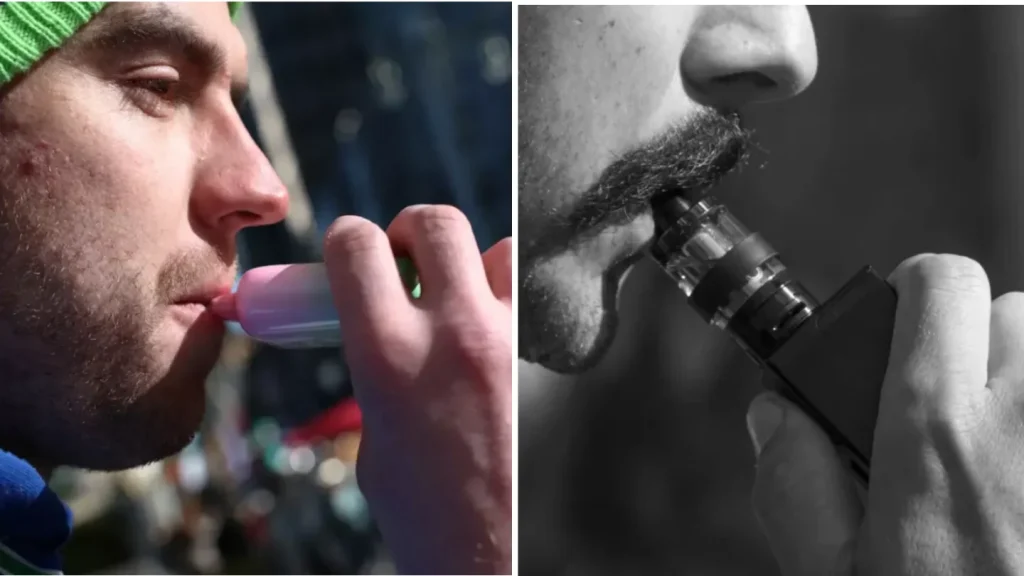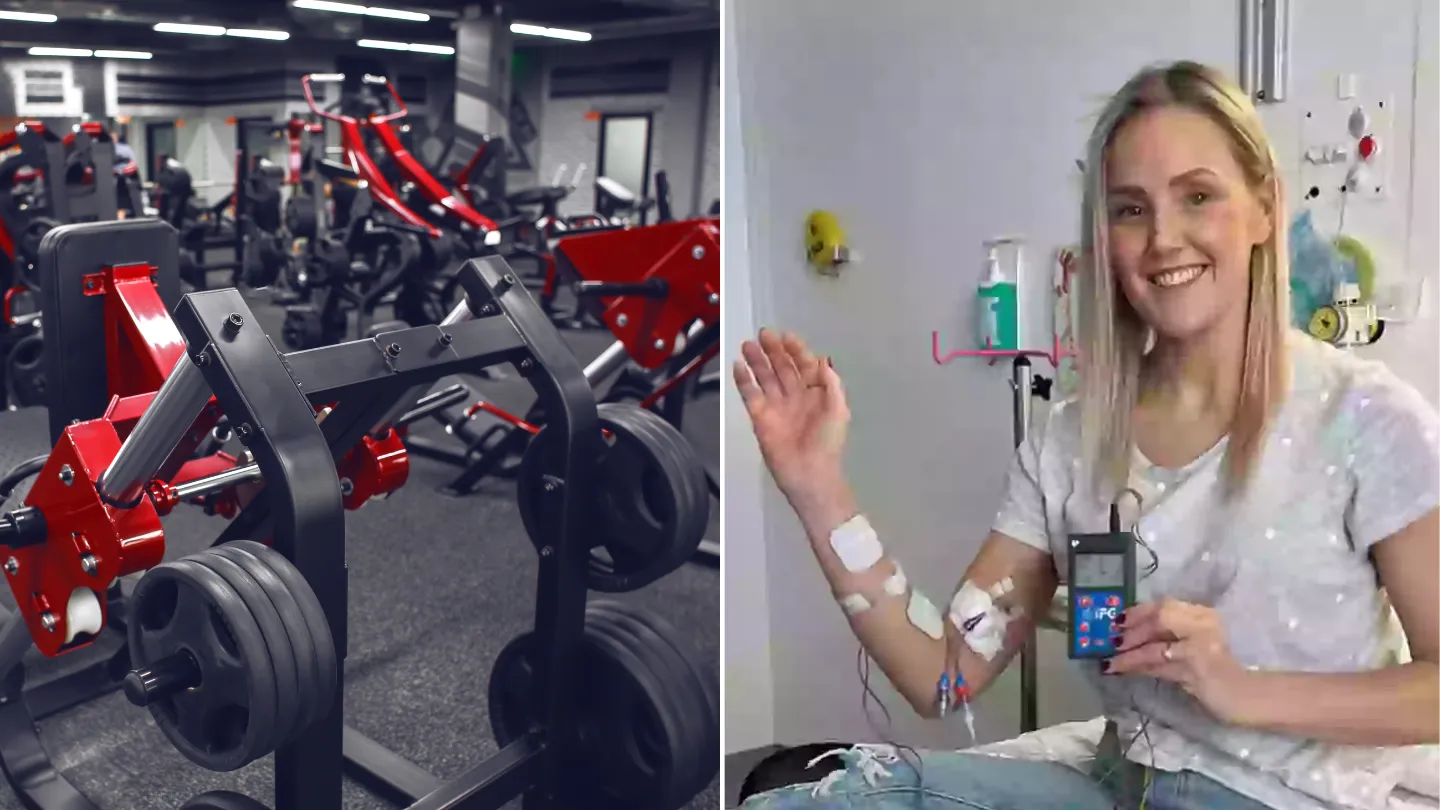The rise of vaping as an alternative to smoking has captured the attention of both young adults and public health experts worldwide, prompting a closer look at its long-term impacts on health.
Despite its marketed appeal as a safer substitute to traditional cigarettes, recent simulations and studies unveil a troubling picture of the potential risks involved.
Vaping devices, which work by heating a liquid to generate an aerosol, commonly consist of nicotine, various flavorings, and other chemicals.
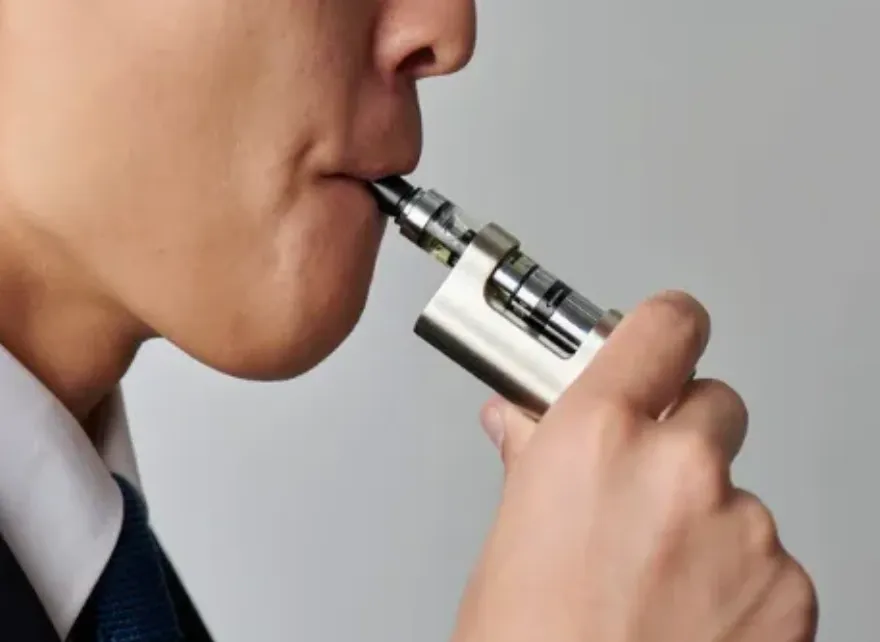
These substances are inhaled directly into the lungs, posing immediate and prolonged health concerns. Particularly alarming is the presence of chemicals like diacetyl in vape fluids, which, despite being safe for oral consumption in foods, can cause significant harm when inhaled.
The Infographics Show on YouTube has brought these dangers to life through a detailed simulation showing how vaping affects lung tissue.
The visual representation is stark: harmful substances accumulate in the alveoli—the crucial sites for oxygen exchange—while the cilia, essential for clearing out lungs from particulates, are paralyzed. This can drastically reduce lung efficiency and increase susceptibility to respiratory diseases.
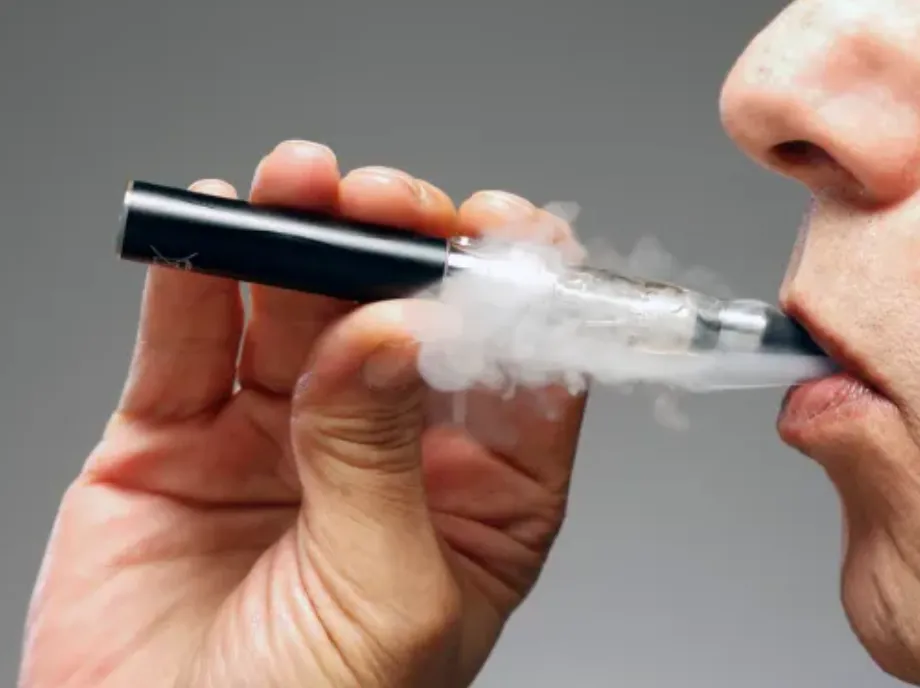
This visual depiction isn’t just a theoretical warning; it’s been substantiated by numerous health studies. One of the most troubling findings is the development of bronchiolitis obliterans, commonly known as “popcorn lung,” a severe respiratory condition previously identified among workers in popcorn factories exposed to diacetyl. This condition damages the lungs’ smallest airways, leading to significant breathing difficulties.
Moreover, the growing prevalence of vaping among teenagers is especially concerning. Flavored e-cigarettes, designed to appeal to a younger audience, have led to a noticeable uptick in usage among middle and high school students.
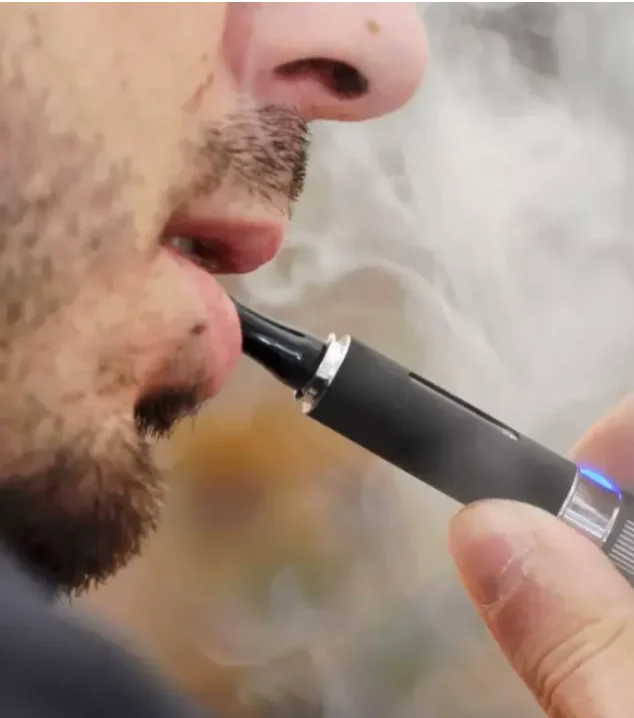
This trend is alarming not only because of the immediate health risks but also due to the potential for early nicotine addiction, which can pave the way for lifelong health issues.
Despite the ongoing debates about the relative safety of vaping compared to smoking, emerging research suggests that vaping carries its own unique set of risks.
Health experts continue to stress the need for caution, advocating for more stringent regulation and comprehensive education to curb the rise of vaping, particularly among the youth.

The NHS and other health organizations are diligently monitoring these trends to formulate guidelines that protect public health.
As research continues to evolve, it becomes increasingly evident that the safety of vaping is not as clear-cut as once thought. The implications of these findings are vast, affecting not just individual users but the broader public health landscape.
It underscores the necessity for ongoing education and regulatory oversight to mitigate the risks associated with vaping.
In conclusion, while vaping is often seen as a safer alternative to smoking, the reality is more complex.
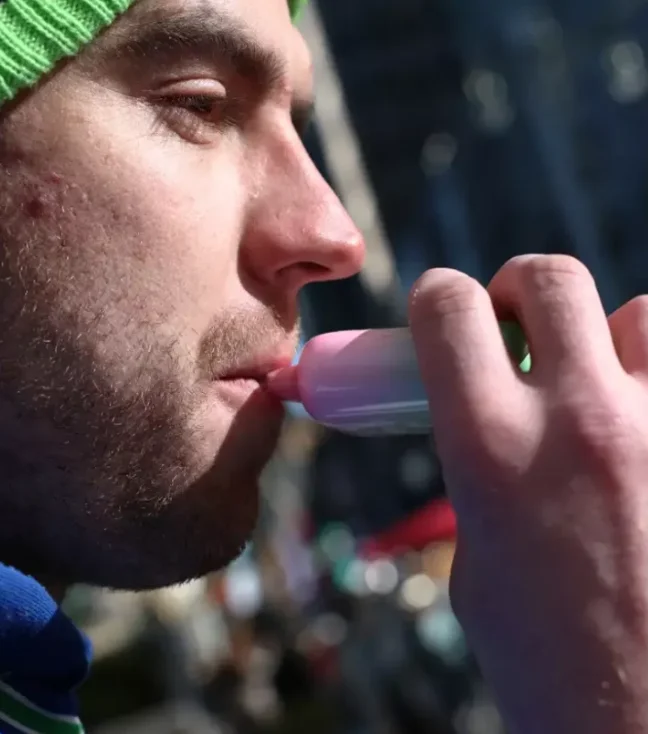
The full scope of its impact on health is still being uncovered, but the evidence points to significant concerns that call for immediate action from both health authorities and the public.
Feature Image Credit: (CanvaPro)

